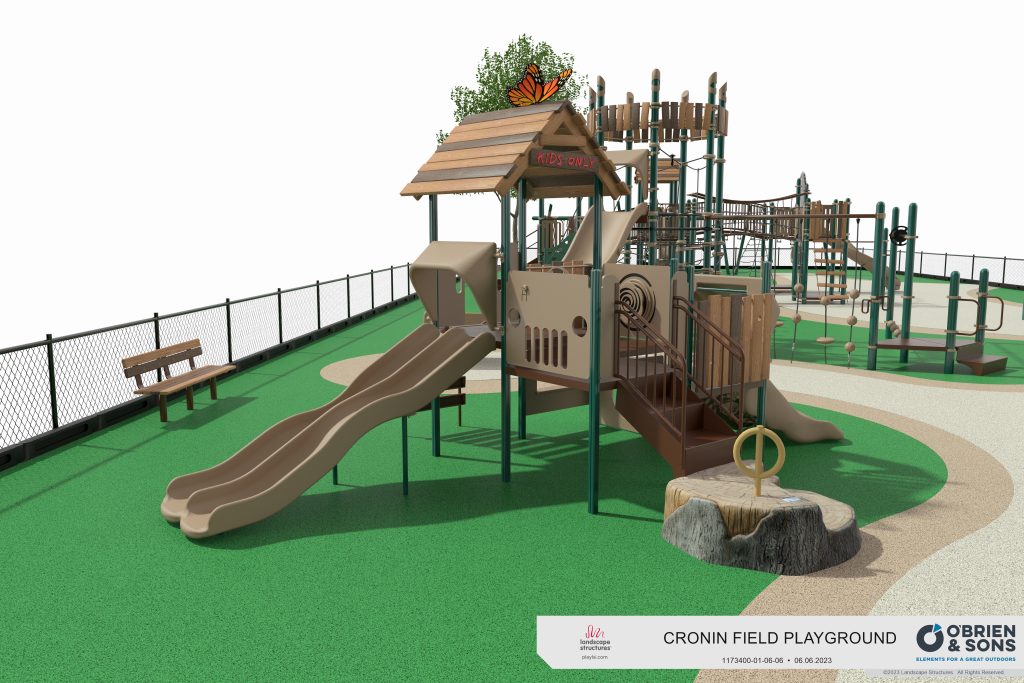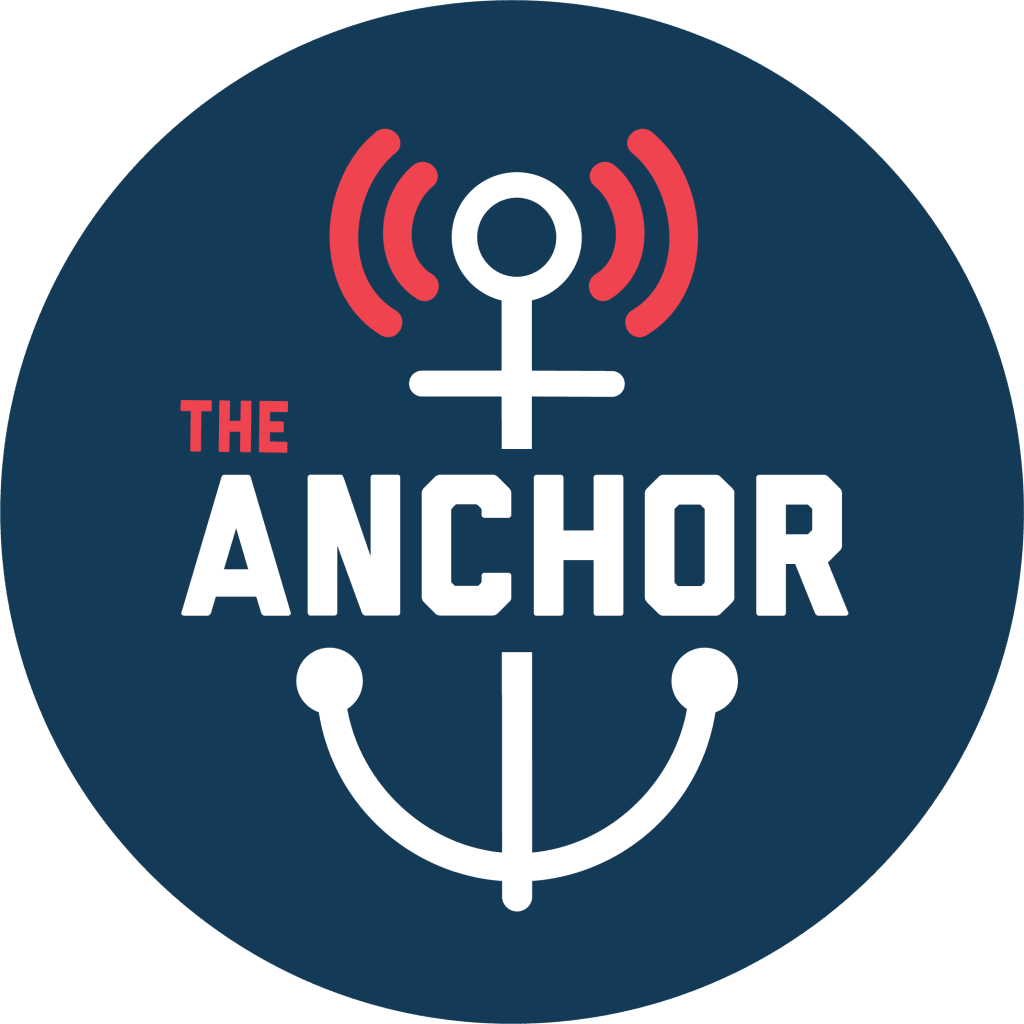
October 17, 2024 By Michael S. Moonan, RLA, LEED AP Jason Pollard, P.E. Project Manager / Sr. Landscape Architect Principal Engineer VI
Following, please find a letter written by Michael S. Moonan, RLA, LEED AP and Jason Pollard, P.E. Project Manager / Sr. Landscape Architect Principal Engineer VI, regarding the safety of the proposed materials, specifically the poured-in-place rubber surfacing of the proposed new playground at Cronin Field.
We thank the residents of Hingham for their concerns, interest, and dedication to making Hingham a safe community for all residents, especially children. We share the same goal.
Vicki Donlan,
Chair of the Hingham Recreation Commission
Dear Mr. Thorell:
We thank the residents of Hingham for their concerns, interest, and dedication to making Hingham a safe community for all residents, especially children. As the design team we feel the same regarding creating safe, friendly environments for our clients and park patrons.
Regarding the recent inquiries into the safety of the Hingham Cronin Field Playground (The Playground) we have received and reviewed the letters, emails, and comments from the public regarding the safety of the proposed materials, specifically the poured-in-place rubber surfacing and understand their concerns.
It appears that the comments are based on the premise that the top layer of the proposed poured-in-place rubber surface is composed of recycled tire crumb or what is know as SBR rubber and may be, or eventually become, a loose granular material that the children could be exposed to. While some playground poured-in-place surfacing product’s top layer is made from this material, the product specified for installation at the Playground, Surface America, does not have loose SBR rubber within the top layer.
The proposed top layer material is 100% virgin (non-recycled) Ethylene Propylene Diene Monomer (EPDM) rubber or thermoplastic vulcanizate (TPV) granules bound with aromatic or aliphatic urethane binder. EPDM is clean, odorless, goes through a very strict quality control program and meets OEHHA Proposition 65 Regulations for California. This is the same rubber that is used in soft children’s toys and potable water fittings. This is also the same rubber and system that is used on most higher-level running tracks. This rubber is fully encapsulated in a polyurethane network that completely covers the base layer. The only contact any patrons will have with the materials will be with this fully encapsulated virgin EPDM top surface layer.
The proposed poured-in-place surface layer at the playground will be 100% encapsulated color rubber. There will be no loose “tire crumb” on the playground for patrons to encounter. The base layer which provides most of the shock absorbing fall protection will be varying depths depending on fall heights and is comprised of fully encapsulated recycled rubber, some of which is reclaimed tire rubber which fully meets EPA standards. This rubber is completely encapsulated in the polyurethane network and is then completely covered by the top surface layer. Once the poured-in-place rubber surface is cured, there is no off-gassing or VOC’s and there is no smell. A simplemaintenance procedure of re-applying the top binder coat (i.e. roll coat) will prevent any loose particles on the playground.
Residents have also mentioned the use of Engineered Wood Fiber (EWF) as an alternative to the poured-in-place surface. Although this is an accepted surface for ADA access at the federal level, the Massachusetts Architectural.
Access Board (AAB) which takes precedence over federal requirements, deemed it to not be an acceptable accessible surface for playgrounds.
Cork surface has also been proposed as an alternative, however looking into a recent installation in Easton, MA have shown this surface to be problematic after only a few months. The surface has deteriorated or cracked in some areas. There are no installations in the region over five years old to show longevity of the product and the manufacturer’s warrantee is only for five years, which is very limited.
The proposed poured-in-place rubber surfacing has proven to be an acceptable accessible surface and has successfully provided required fall height protection for many playgrounds across Massachusetts. The purpose of all safety surfacing is to prevent injuries on the playground. The products that are authorized for use, are designed to absorb impact. When a child falls, that energy is hopefully absorbed into the surfacing; if not, then it will go back up into the child’s body. When the energy goes back up into the body, they are then at increased risk for breaksand fractures.
This project also includes providing shade at the playground by keeping two existing large trees on the south side (near the track) and adding four large trees within the playground and two large trees to the west of the playground as well as a 45-foot by 32-foot shade canopy over the toddler play area. This will provide significant shade at the playground throughout the day.
We trust the above is helpful and addresses your residents’ concerns. We very much look forward to continuing working with the Town of Hingham and you on this important project. Should you have any questions, please do not hesitate to contact me at mmoonan@chasolutions.com.
Sincerely,
Michael S. Moonan, RLA, LEED AP Jason Pollard, P.E. Project Manager / Sr. Landscape Architect Principal Engineer VI


The company selling the product says it is safe? I’m shocked!
We played good old fashioned “Ball Hockey” on good old fashioned asphalt at Burr Rd. for years. No fatalities! For cryin’ out loud, what’s the issue?